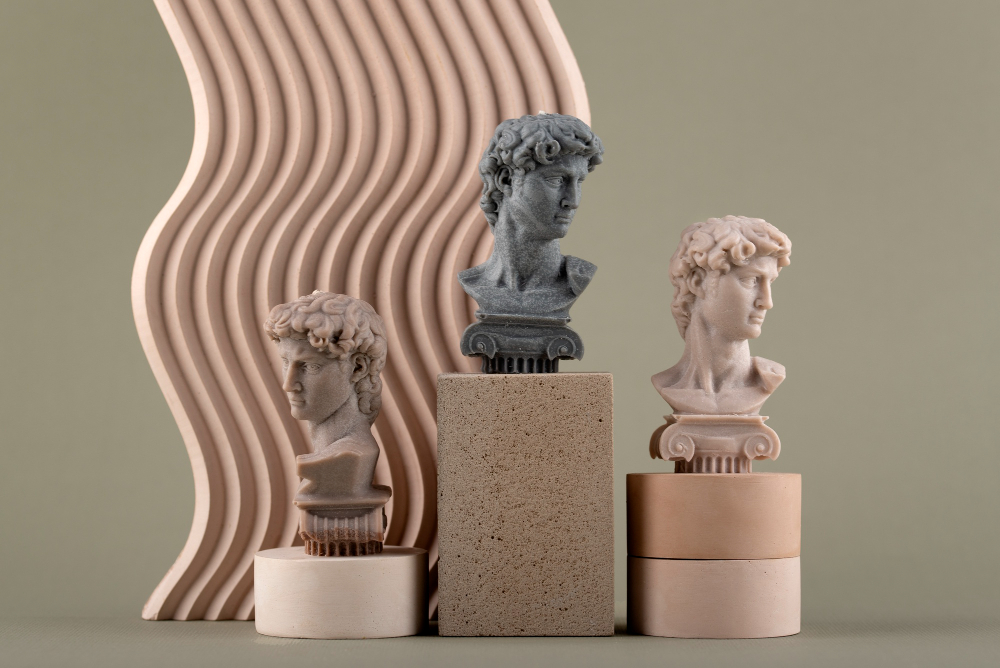Antiquity: Definition

In the field of art, the term antiquity refers to an ancient art object, typically originating from major historical civilizations such as Egypt, Greece, Rome, or Mesopotamia. These pieces, often rare and valuable, bear witness to ancestral craftsmanship and exceptional cultural richness.
Key Features of Antique Art Objects
Historical and Cultural Origins
Antiquities are deeply rooted in history. They reflect the beliefs, social practices, and aesthetics of ancient civilizations. Each piece carries a part of collective memory.
Traditional Materials and Techniques
Antique objects are often crafted from noble materials such as marble, bronze, gold, or ceramics. The techniques used demonstrate remarkable artisanal mastery.
Artistic and Heritage Value
Beyond their age, antiquities hold significant heritage value. They are often regarded as essential witnesses to the artistic and cultural evolution of humanity.
Transporting Antiquities: Essential Precautions
Enhanced Protection
Transporting an antiquity requires special care. These objects, often fragile and irreplaceable, must be packed using specific materials such as anti-vibration foams or climate-controlled crates.
Strict Environmental Conditions
Fluctuations in temperature, humidity, or light can damage ancient materials. It is therefore crucial to maintain stable and controlled conditions throughout the transport process.
Documentation and Traceability
Antiquities are often subject to strict regulations. It is essential to have all authentication, provenance, and insurance documents, along with rigorous tracking of the journey.
The Role of Antiquities in the Art World
Antiquities hold a central place in museums, private collections, and international exhibitions. They help us better understand the origins of art, the influences between civilizations, and stylistic evolutions. Their preservation and transmission are vital to enriching our knowledge of the past and inspiring future generations.
